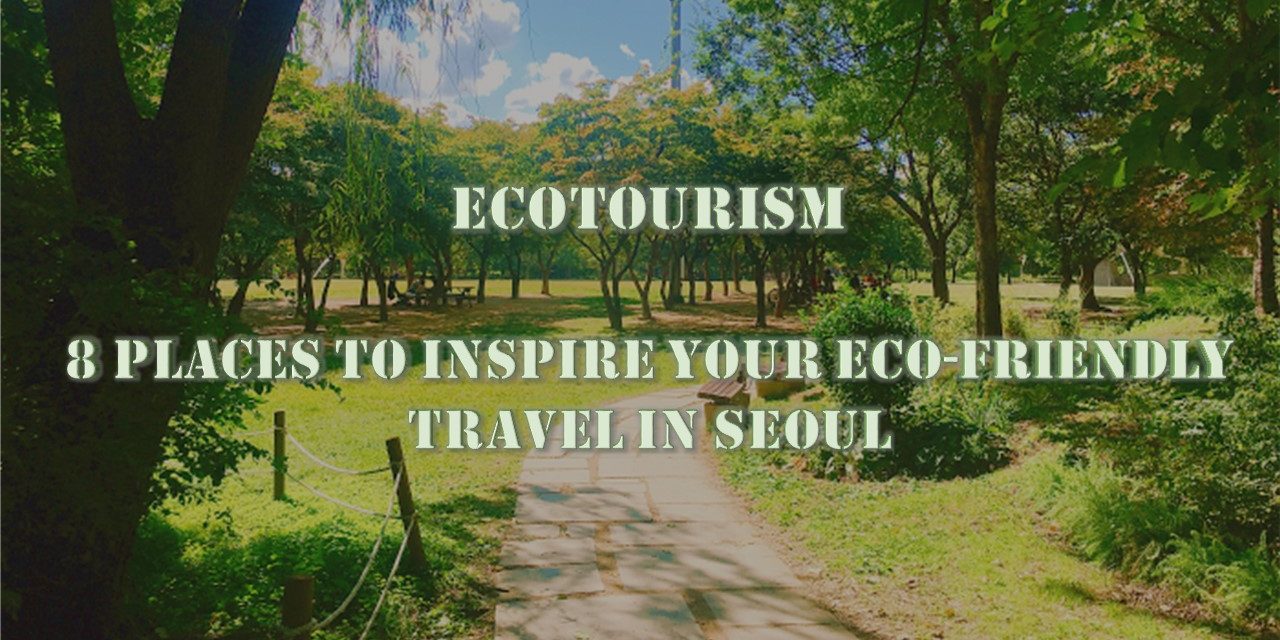Do you love nature and traveling? Ecotourism is a way of traveling that shows respect to nature and it doesn’t contribute to its degradation. It is for those tourists who are worried about the environment and its conservation. Korea is not particularly eco-friendly if compared to other countries, but the nation has been making more efforts toward green living. If you enjoy visiting eco-friendly places, I will help you out by listing 8 Places To Inspire Your Eco-friendly Travel in Seoul.
Seoul Forest
One of the most beautiful green spaces in Seoul is Seoul Forest, a man-made eco-friendly area. In the past, the forest had been a royal hunting ground for kings and served as a military inspection facility. However, in more recent decades, the area has served a wide variety of functions.
It has five parks, named Culture and Arts Park, Eco Forest, Experiential Learning Park, Marsh Plants Garden, Hangang Riverside Park. The parks are spread through over 595,000 ㎡ of land and are a nice break from the chaos of the city center. Because of all that, Seoul Forest is rapidly developing into the premium city-park of Korea.
Address: 273, Ttukseom-ro, Seongdong-gu, Seoul
For more information about the parks, visit: https://english.visitkorea.or.kr/enu/ATR/SI_EN_3_1_1_1.jsp?cid=789696
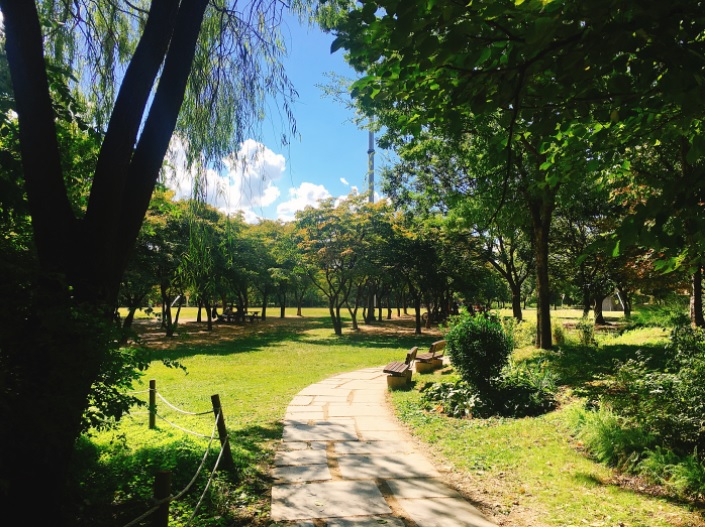
Cheonggyecheon Stream
Another option for your eco-friendly travel in Seoul is Cheonggyecheon Stream, which starts from Cheonggye Plaza. The area commemorates the Cheonggyecheon Stream Restoration Project, and also symbolizes gathering, harmony, peace, and unity.
The waterfront areas of Cheonggyecheon Stream is a popular place for those seeking refreshment and a variety of cultural experiences. A favorite of many is the Candle Fountain, which features the magnificent synchronicity of three different lighting fixtures and a 4-meter-high, two-tiered waterfall. Also, along the two sides of the waterfall are the Palseokdam wishing wells, made of 8 different stones from each of the nation’s 8 provinces.
Address: Changsin-dong, Jung-gu, Seoul
If you are curious, you can find more information about this eco-friendly attraction here:
https://english.visitkorea.or.kr/enu/ATR/SI_EN_3_1_1_1.jsp?cid=897540

City Hall Green Wall
Seoul City Hall was reborn in 2012 and is now an Eco-friendly building. Government offices make up 62% of the building and public spaces for citizens account for 38%. About 28.3% of the energy used comes from eco-friendly energy sources, including solar thermal, geothermal and photovoltaic.
Among tourists, the Green Wall is the most popular attraction inside the building. Green Wall is a vertical garden that climbs up from the first to the seventh floor. With that, the Green Wall became the largest vertical garden in the world according to the Guinness World Records. Also, the place is good for the environment. That is because the garden has over 70,000 plants of 14 different species. They help to regulate the temperature and humidity and to eliminate contaminants and fine dust.
Address: 110 Sejong-daero, Jung-gu, Seoul
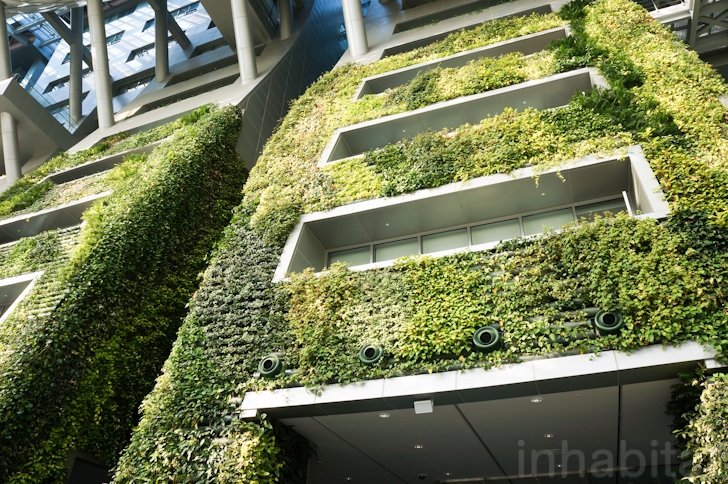
Pureun Arboretum
Pureun Arboretum is Seoul’s first arboretum, having 25 different theme zones. The place protects and preserves a diversity of plant species. The Arboretum offers exhibitions and a variety of educational and eco-friendly programs such as gardening. For those who would like to rest, the place also has a small library/book café.
Address: 240 Yeondong-ro, Guro-gu, Seoul
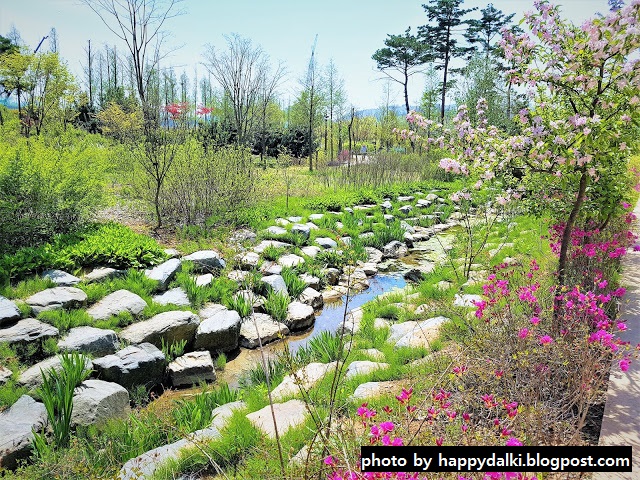
Seoullo 7017
This elevated linear park is similar to New York City’s High Line. The place was originally an elevated highway due to huge traffics in the area, but it was transformed into an elevated public park. Visitors can enjoy some good time in the middle of Seoul at 17m from the ground. When it comes to the name, the “7017” comes from the year the overpass was first constructed (1970) and the year it was transformed (2017).
Address: Malli-dong 1-ga, Jung-gu, Seoul
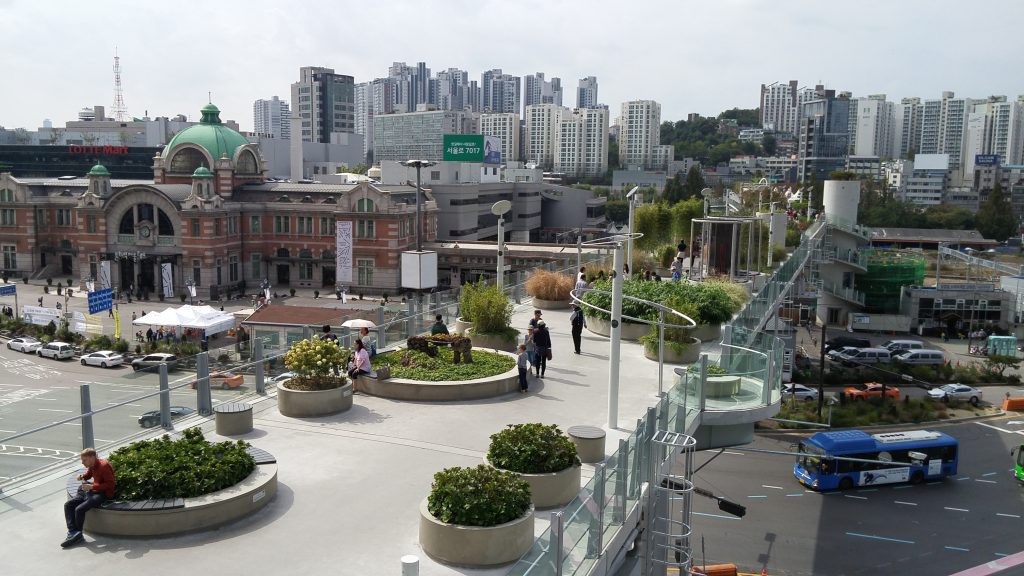
Jarak-gil Trail (Ansan Mountain)
This eco-friendly environment is mountainside roads. Being located at the foot of Ansan Mountain, it could give the feeling of hiking to some and of a stroll to others. The place features observatories and seasonal events. It has around 7km but several access points along the way. That makes it easier for those wanting to walk for only a certain amount of time. To walk the whole trail, visitors would have to spend around 150 minutes there. Also, visitors can go to many tourist attractions from there, depending on where they exit.
Address: 75-66 Bongwonsa-gil, Bongwon-dong
Image Source: Tripadvisor
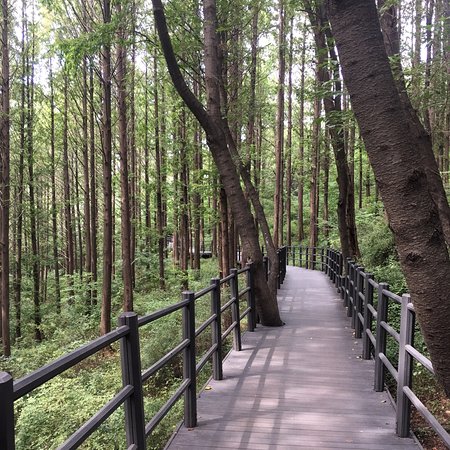
Naksan Park
Naksan Park, another eco-friendly place in Seoul, is a solid granite bedrock. The Joseon royal family enjoyed the natural beauty of the granite mountain. However, during the Japanese Colonial Period, a hasty manner of urban planning resulted in the demolition of most parts of it. In an effort to save the remaining green belts, Naksan was designated as a park on June 10, 2002. Located in the center of Seoul, this historical and beautiful park allows its visitors to view the magnificence of the entire city.
Address: 41, Naksan-gil, Jongno-gu, Seoul
For more information, visit:
https://english.visitkorea.or.kr/enu/ATR/SI_EN_3_1_1_1.jsp?cid=264478
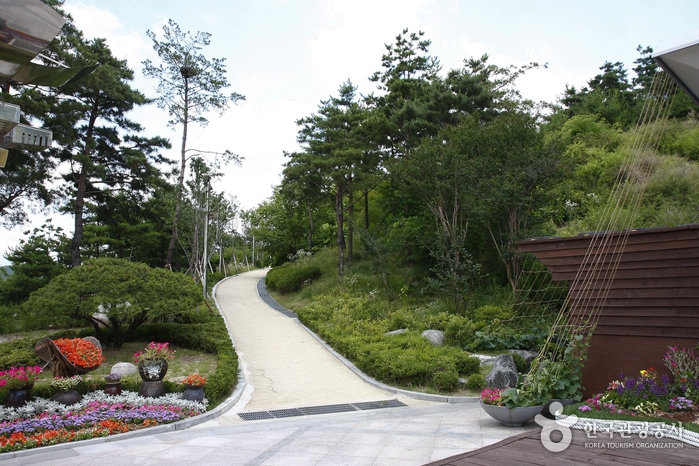
Olympic Park
Olympic Park is an impressive leisure facility. The Park has historic remains from the Baekje era sharing space with stadiums, an eco-friendly forest, and spacious grassy fields. The park is divided into several zones, spread across approximately 1.45 million square meters. The zones include a leisure sports park, a cultural art park, an eco-park, and the History Experience Park. In the sports section, visitors can see the country’s largest sports arena, of the 1988 Seoul Olympics. Because Olympic Park is so large and takes over three hours to explore, visitors can ride the Road Train to save time. Road Train is located next to Peace Square.
Address: 424, Olympic-ro, Songpa-gu, Seoul
For more information, visit:
https://english.visitkorea.or.kr/enu/ATR/SI_EN_3_1_1_1.jsp?cid=789703
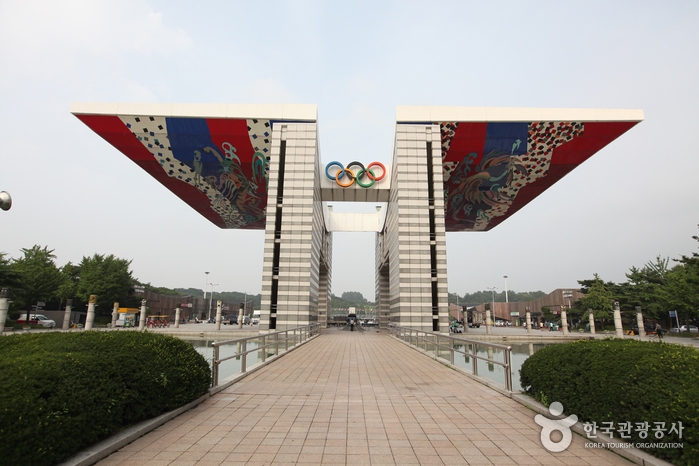
Hope this article will help you plan your itinerary so you can have a wonderful and memorable trip!

